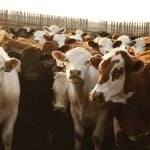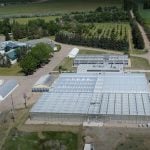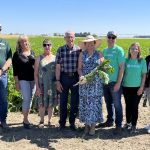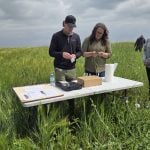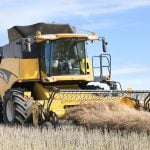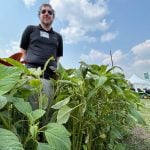Soil testing can improve a farm’s bottom line. It can prevent a grower from underfertilizing, which leads to lower yields, or it might suggest less fertilizer use and so reduce the cost of production.
Yet a recent poll shows only 51 percent of Saskatchewan farmers do some testing every year. The number is higher in neighbouring provinces: 67 percent in Manitoba and 68 percent in Alberta. Less than a quarter of those who did some testing tested all their fields.
The Ipsos-Reid poll reported that for a 160 acre field, the soil testing analysis costs 17 cents per acre. The process of taking the sample can cost an additional 15-20 cents per acre.
Read Also

VIDEO: Green Lightning and Nytro Ag win sustainability innovation award
Nytro Ag Corp and Green Lightning recieved an innovation award at Ag in Motion 2025 for the Green Lightning Nitrogen Machine, which converts atmospheric nitrogen into a plant-usable form.
Soil testing is especially critical when abnormal weather occurs, like an early frost or heavy rainfall.
However, some growers say they don’t trust the test result and others say testing is unnecessary. A few growers say the soil test recommends nitrogen rates higher than they would ever apply.
That’s why farmers may want to work with an agronomist to take accurate samples and to properly interpret the results and make solid agronomic recommendations.
A large percentage of the error in test results can be explained by the sampling method. It’s important to take a representative sample.
If a grower gets a recommendation that seems incorrect, the agronomist, grower and soil testing lab must work together to find an explanation, or retest. The accuracy of soil test recommendations improves if the field data is thoroughly completed and correctly submitted.
Relevant field information – past, present and future – is critical for accurate recommendations. The lab’s results are only as good as the sample and the data provided from the field.
If soil sampling can’t be carried out, a virtual soil test may be possible. It uses previous soil test results and cropping information to provide a solid fertilizer recommendation without the actual soil. A virtual test may be available at your elevator.










